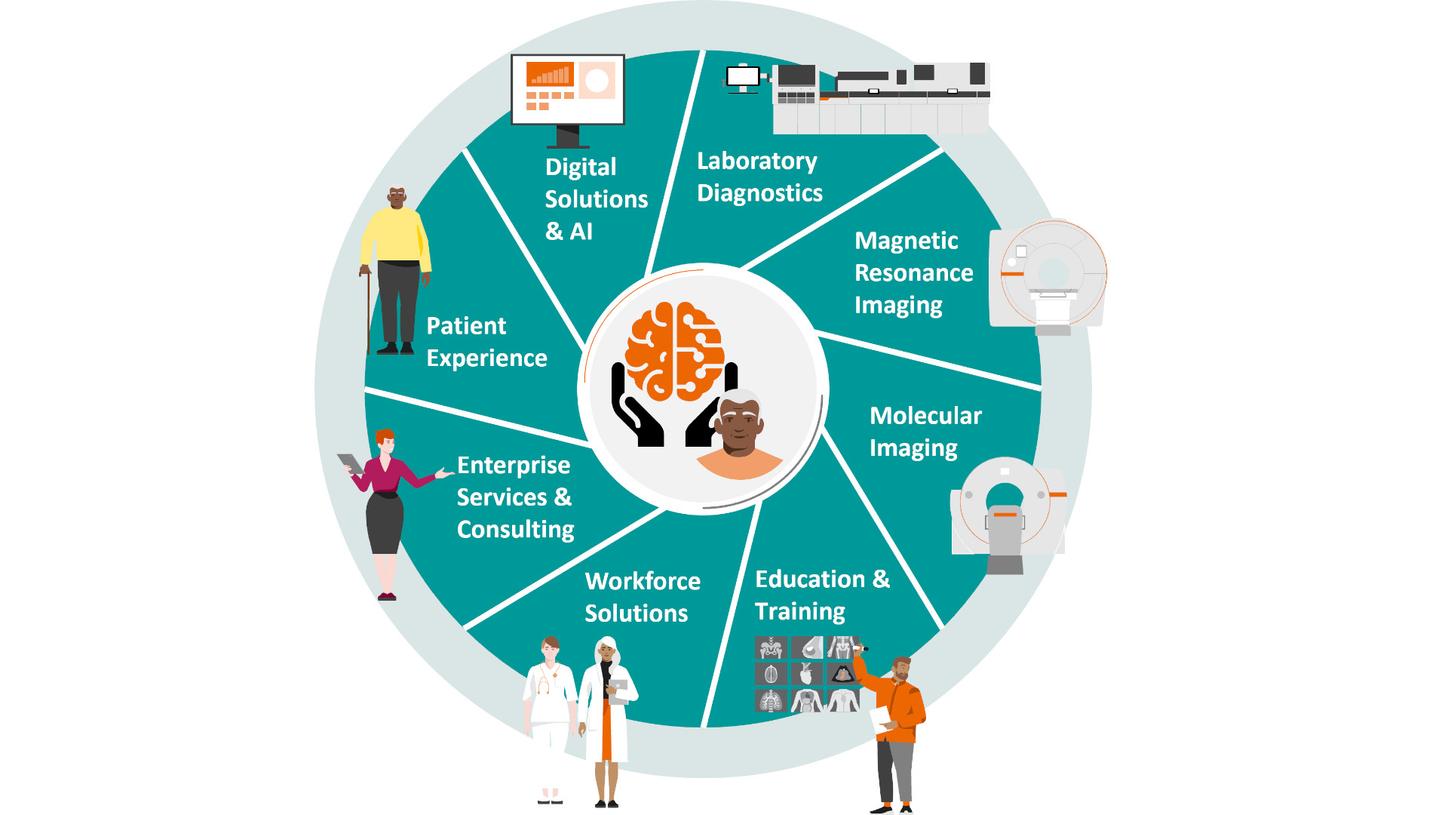- Home
- Clinical Fields
- Neurology
- Neurological Disorders
- Alzheimer's disease

Alzheimer's diseaseEmpowering hope
​O±ą±đ°ů±ąľ±±đ·É
Alzheimer's disease at a glance
Ěý

Understanding dementia & AD
- Dementia is a neurological condition characterized by the progressive loss of cognitive abilities and, eventually, the loss of everyday skills and a deterioration in personality
- Alzheimer’s disease (AD) is the most common form of dementia, accounting for 60 to 80% of all dementias1

Growing aging population
- More than 55 million people worldwide currently suffer from dementia2
- In 2019, approximately 1.6 million people died with Alzheimer's disease, and from 2001 to 2021, there was a 141% increase in Alzheimer's disease-related deaths2

Preparing for what's ahead
- As the global population grows and life expectancy increases, the number of people affected by dementia is projected to rise to 139 million by 20502

Promising therapies
- Several ground-breaking immunotherapy treatments have emerged that work to slow down cognitive decline in the early stages of AD
- These disease-modifying therapies (DMTs) are providing patients with hope for improved outcomes
A deep dive with Dr. Ana Franceschi
Dr. Ana Franceschi, MD, PhD, Associate Professor of Radiology, Division of Neuroradiologist, Lenox Hill Hospital, Donald and Barbara Zucker School of Medicine, Hofstra/Northwell, New York, USA.
Welcome to an exclusive video series with Dr. Ana Franceschi, a leading expert in neuroradiology at Lenox Hill Hospital. In this interview, she shares her inspiring journey, her groundbreaking work in Alzheimer's research, and her vision for the future of neuroimaging.Ěý
Pathology
Abnormal deposits of proteins
Understanding the complex brain changes behind Alzheimer's disease is essential to paving the way for new therapies. The exact mechanisms of how and why various forms of dementia develop are still being investigated. In AD, changes in the brain may begin a decade or more before cognitive decline is noticed.
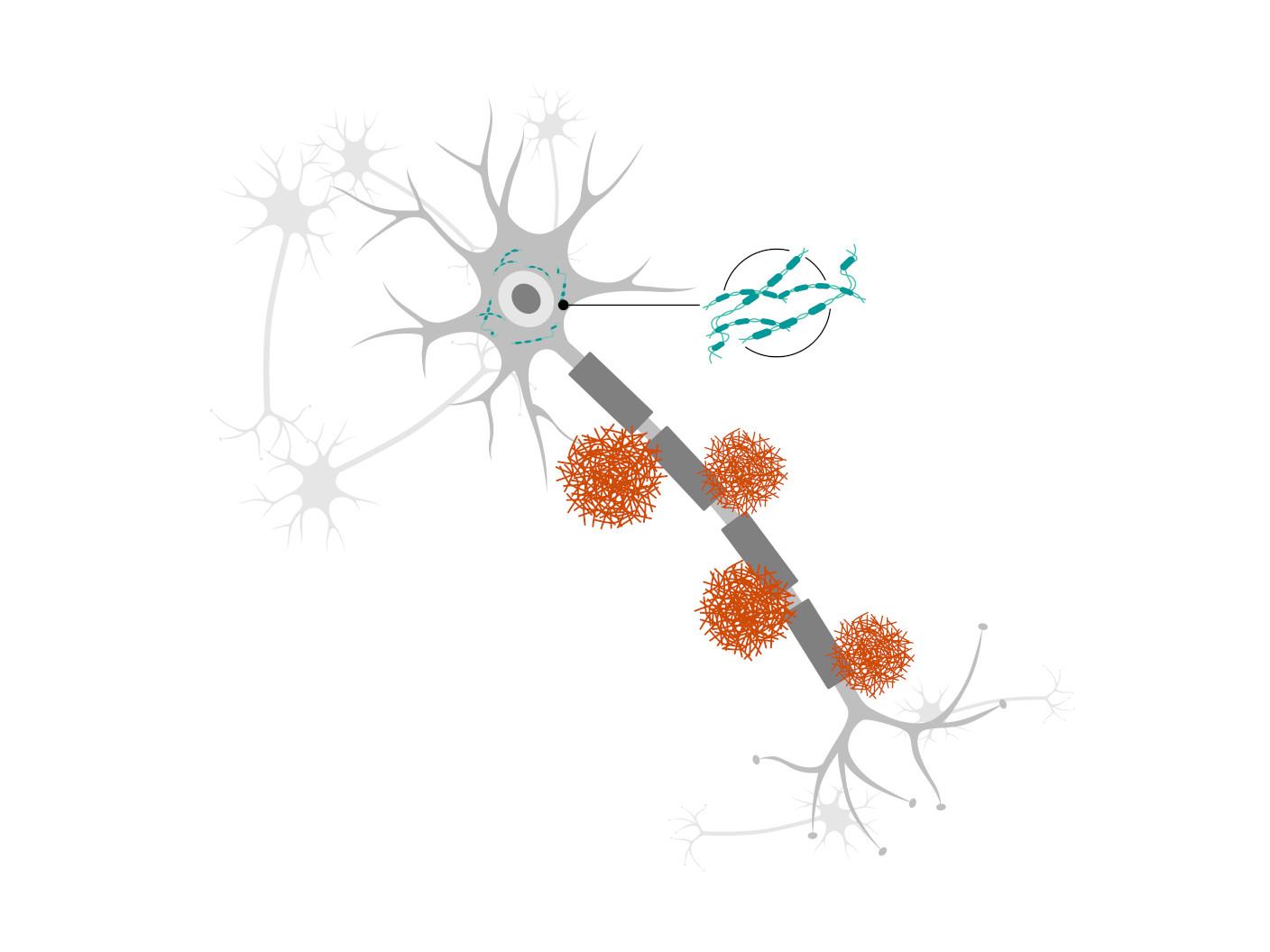
Neurodegeneration
The abnormal amyloid and tau protein deposits prevent neurons from communicating with each other. Eventually, neurons stop functioning, lose connections with other neurons, and die. As more and more neurons die, patients start to show symptoms.
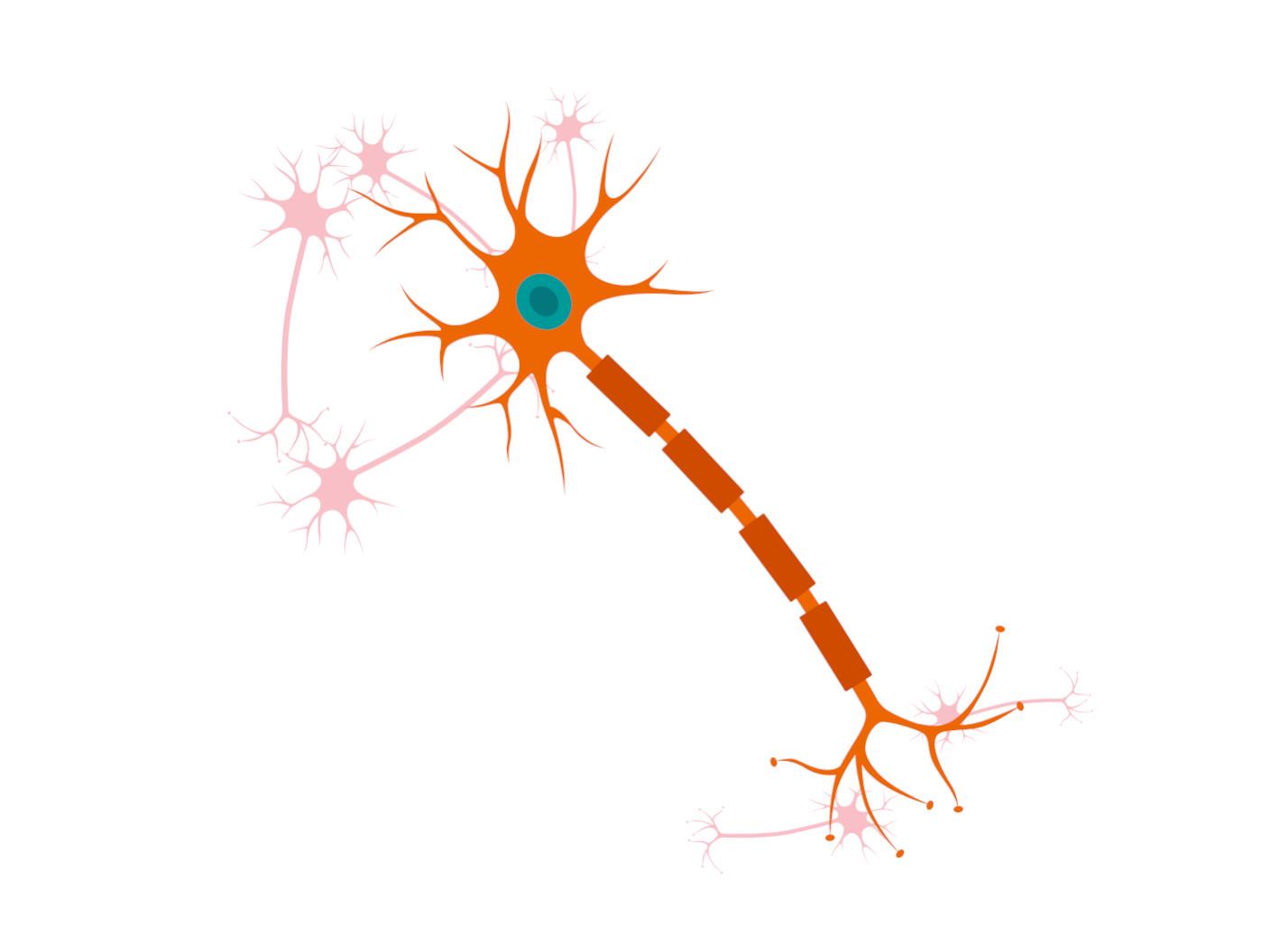
Healthy neuron
A healthy neuron without any signs of neurodegeneration
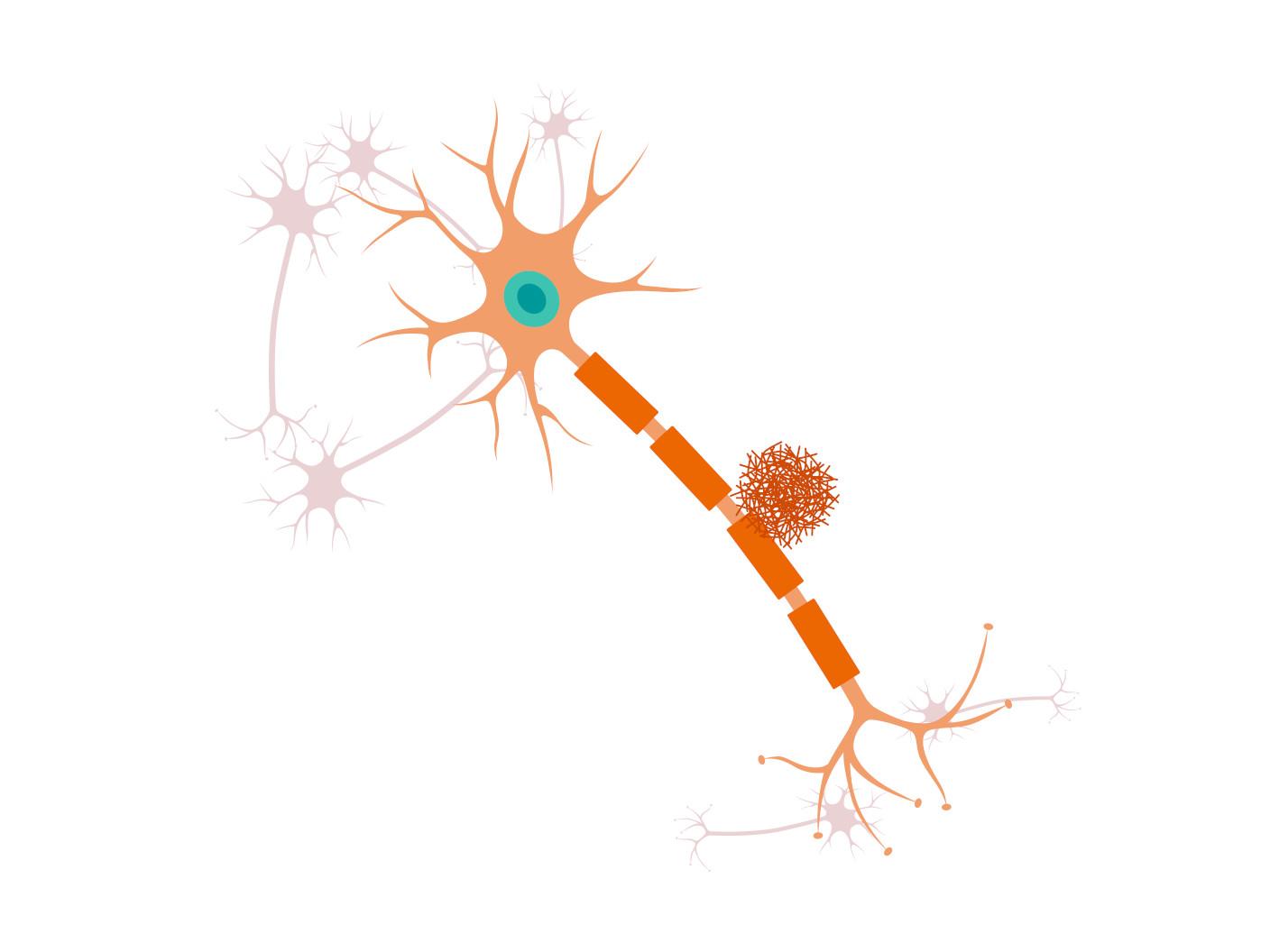
Amyloid plaque buildup
Amyloid plaques start to build up around the outside of a neuron
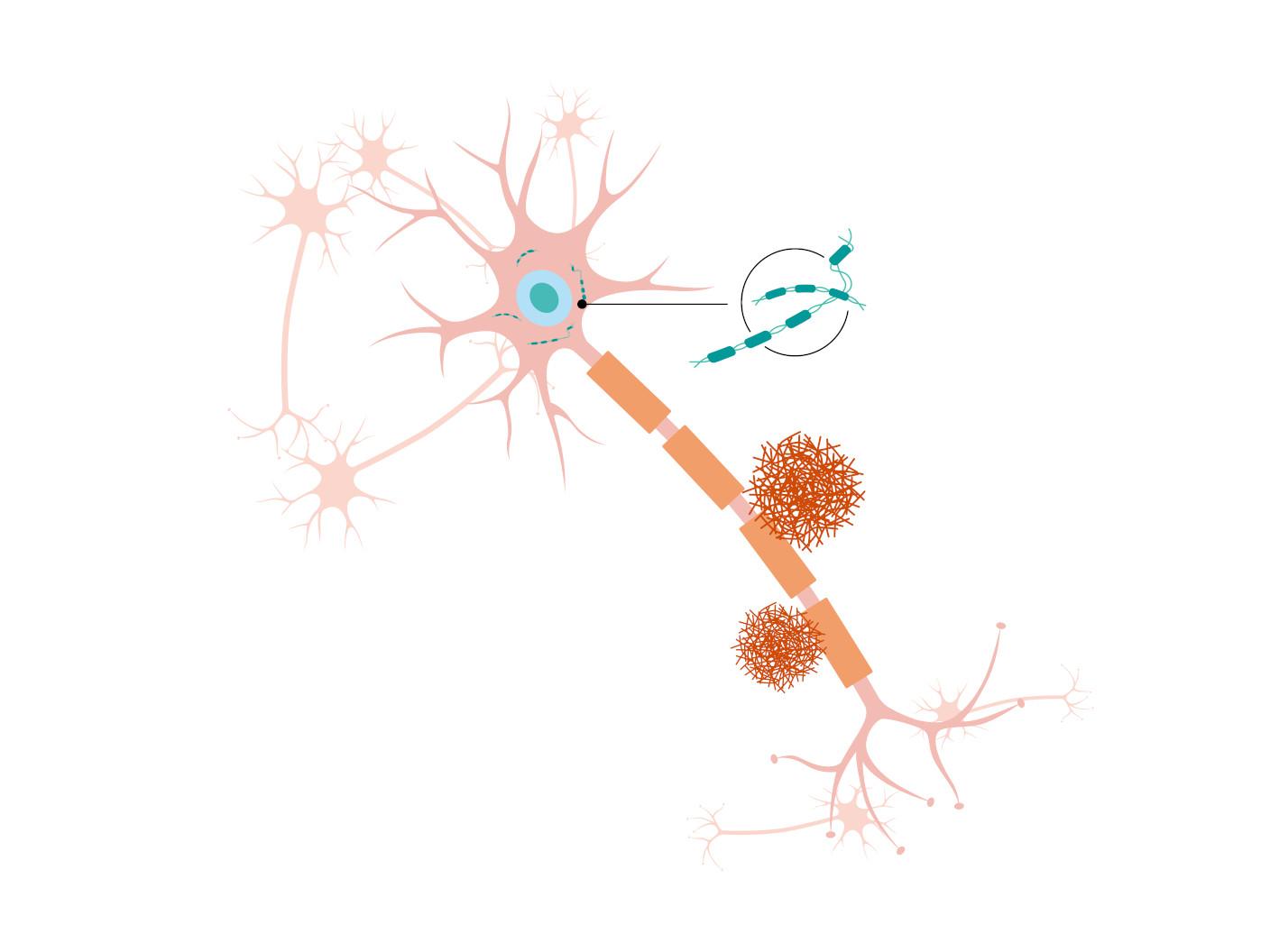
Tau tangles
In addition to the amyloid plaque buildup, tau tangles accumulate inside of the neuron

Neurodegeneration
The abnormal amyloid and tau protein deposits prevent neurons from communicating with each other. Eventually, neurons stop functioning, lose connections with other neurons, and die. As more and more neurons die, patients start to show symptoms.

Healthy neuron
A healthy neuron without any signs of neurodegeneration

Amyloid plaque buildup
Amyloid plaques start to build up around the outside of a neuron

Tau tangles
In addition to the amyloid plaque buildup, tau tangles accumulate inside of the neuron

Neurodegeneration
The abnormal amyloid and tau protein deposits prevent neurons from communicating with each other. Eventually, neurons stop functioning, lose connections with other neurons, and die. As more and more neurons die, patients start to show symptoms.




Evaluation
Recognizing symptoms and understanding risk factors
Recognizing the signs, understanding the risks, and knowing the steps to diagnose Alzheimer's disease are key to helping patients and their families get the support they need.
What are other risk factors?
Certain risk factors for Alzheimer's disease are non-modifiable, including age, genetic predisposition, and gender.3 Recognizing these factors is important for identifying individuals who may benefit from proactive monitoring, early diagnosis, and tailored prevention strategies.
What are some typical symptoms?
AD affects memory, thinking, and social abilities - often progressing to a point where it significantly interferes with daily life.
What are the modifiable risk factors?
Up to 45% of dementia cases may be preventable by addressing modifiable risk factors.3ĚýLifestyle choices, proactive health management, and environmental changes can make a difference—especially when tackling issues like hearing loss, high blood pressure, vision problems, high cholesterol, smoking, depression, and physical inactivity.
What are other risk factors?
Certain risk factors for Alzheimer's disease are non-modifiable, including age, genetic predisposition, and gender.3 Recognizing these factors is important for identifying individuals who may benefit from proactive monitoring, early diagnosis, and tailored prevention strategies.
What are some typical symptoms?
AD affects memory, thinking, and social abilities - often progressing to a point where it significantly interferes with daily life.
What are the modifiable risk factors?
Up to 45% of dementia cases may be preventable by addressing modifiable risk factors.3ĚýLifestyle choices, proactive health management, and environmental changes can make a difference—especially when tackling issues like hearing loss, high blood pressure, vision problems, high cholesterol, smoking, depression, and physical inactivity.
What are other risk factors?
Certain risk factors for Alzheimer's disease are non-modifiable, including age, genetic predisposition, and gender.3 Recognizing these factors is important for identifying individuals who may benefit from proactive monitoring, early diagnosis, and tailored prevention strategies.
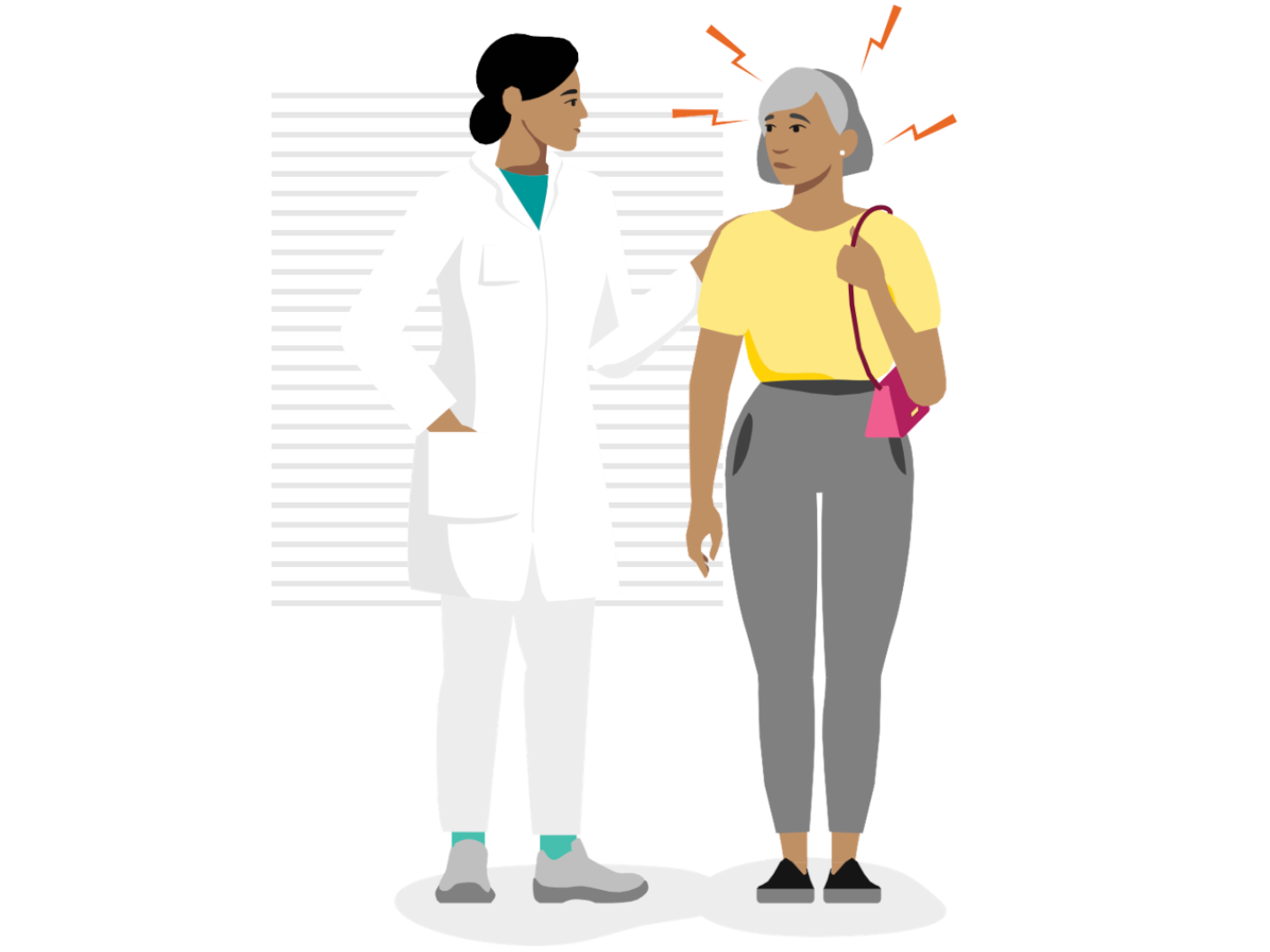
Diagnosis
The various forms of dementia are difficult to differentiate diagnostically. For a reliable diagnosis of Alzheimer's disease, it is necessary to:
- Assess the patient's overall health history
- Conduct cognitive testing, e.g. via the MoCa test
- Perform routine blood tests to rule out other potentially reversible causes of cognitive decline
- Perform magnetic resonance imaging (MRI) to visualize structural changes in the brain (i.e. in patients with Alzheimer's disease: mesial temporal lobe and/or temporoparietal cortical atrophy)
- Perform positron emission tomography (PET) using radiopharmaceuticals to visualize amyloid and/or tau deposits, and to rule out other potentially reversible causes of cognitive decline
- Perform a lumbar puncture to analyze cerebrospinal fluid (CSF) for amyloid and tau molecules
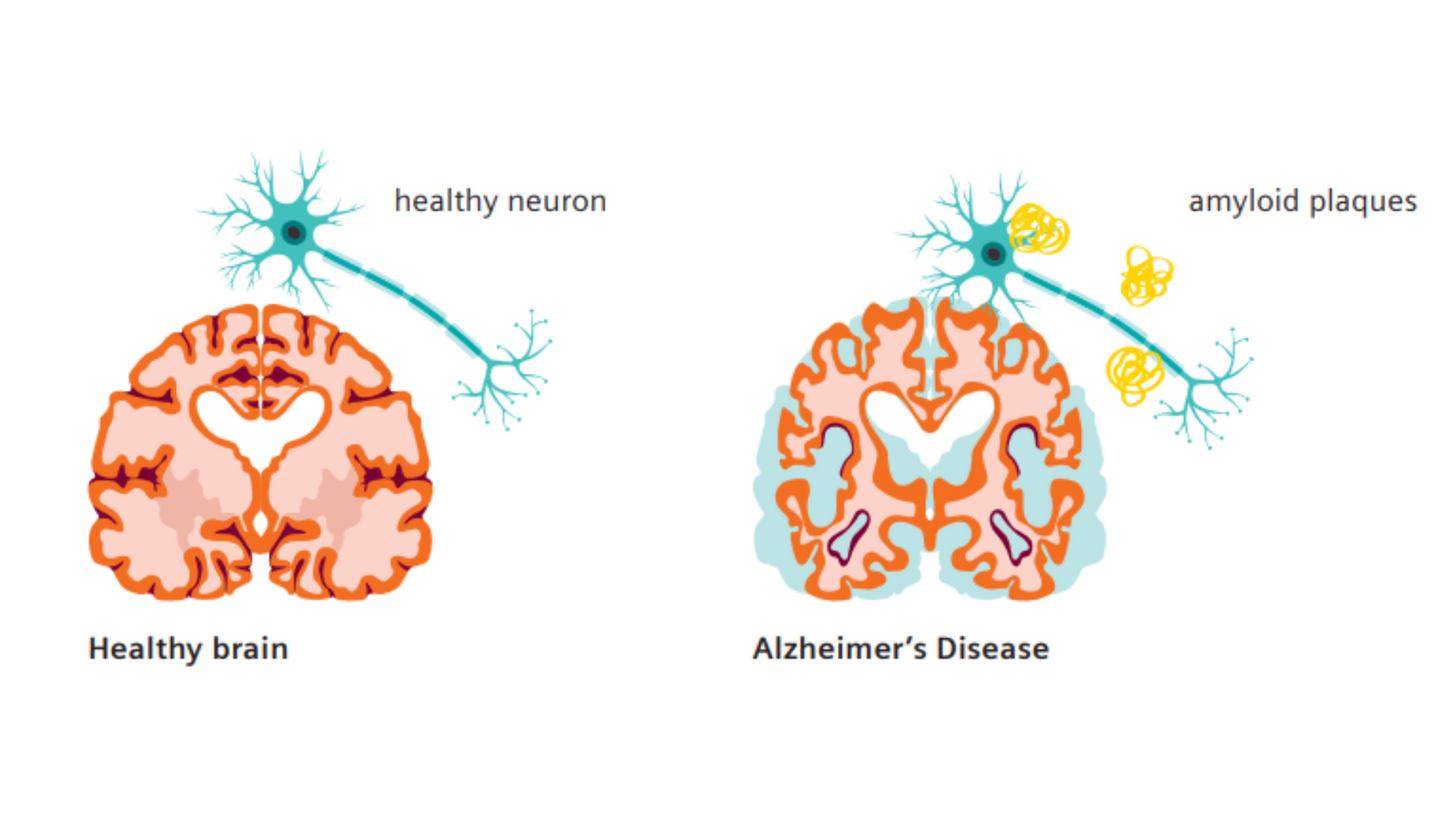
Alzheimer's disease patient poster
Download and print our Alzheimer's disease patient poster - a clear, accessible resource designed to support awareness and understanding of Alzheimer's disease symptoms, risk factors, underlying causes, and current diagnostic and treatment options.Ěý
Treatment
Understanding DMTs
The battle against AD has long been one of the most challenging and heart-wrenching. However, new hope has emerged—novel therapies. These DMTs4 work to slow progression of this devastating disease. Treatment is focused on patients with mild cognitive decline or mild dementia due to AD.
How do DMTs work?
DMTs4 target the pathology of AD by reducing the beta-amyloid plaques that typically accumulate in the brains of patients with AD. Clinical studies have demonstrated that removing beta-amyloid from the brain reduces cognitive and functional decline in patients living with early AD.
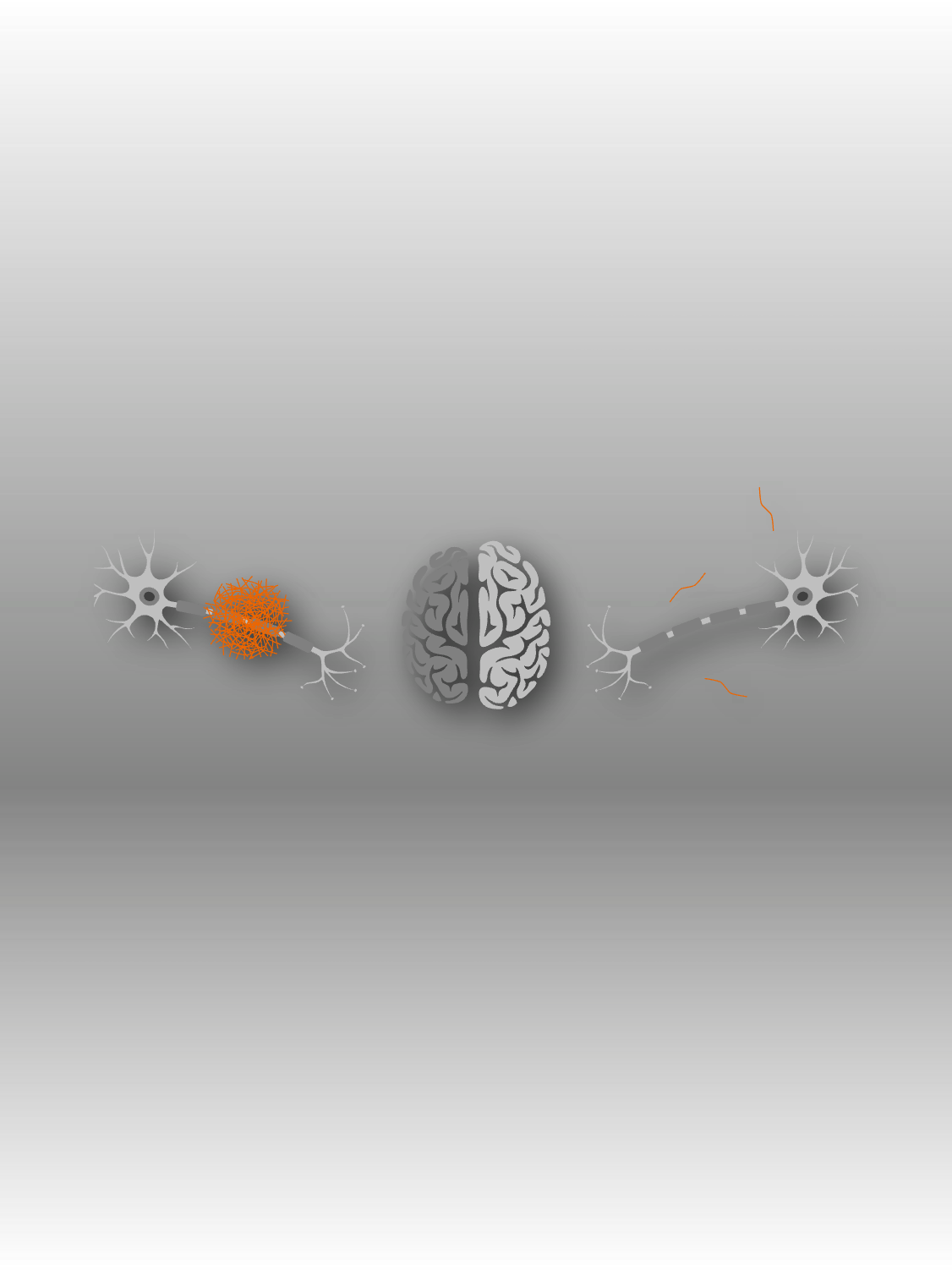
Beta-amyloid protein accumulates around brain neurons
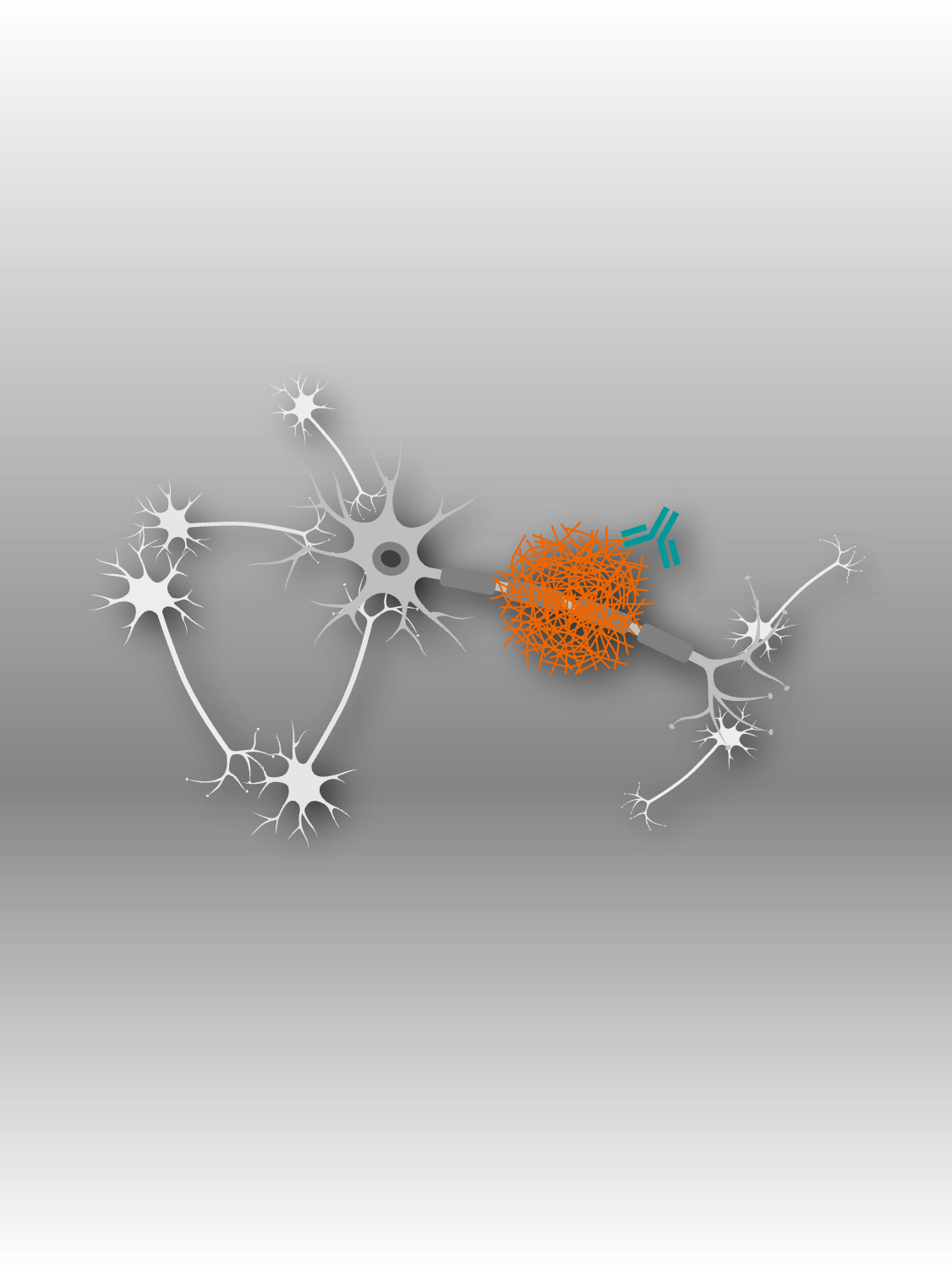
DMT antibody binds to beta-amyloid protein
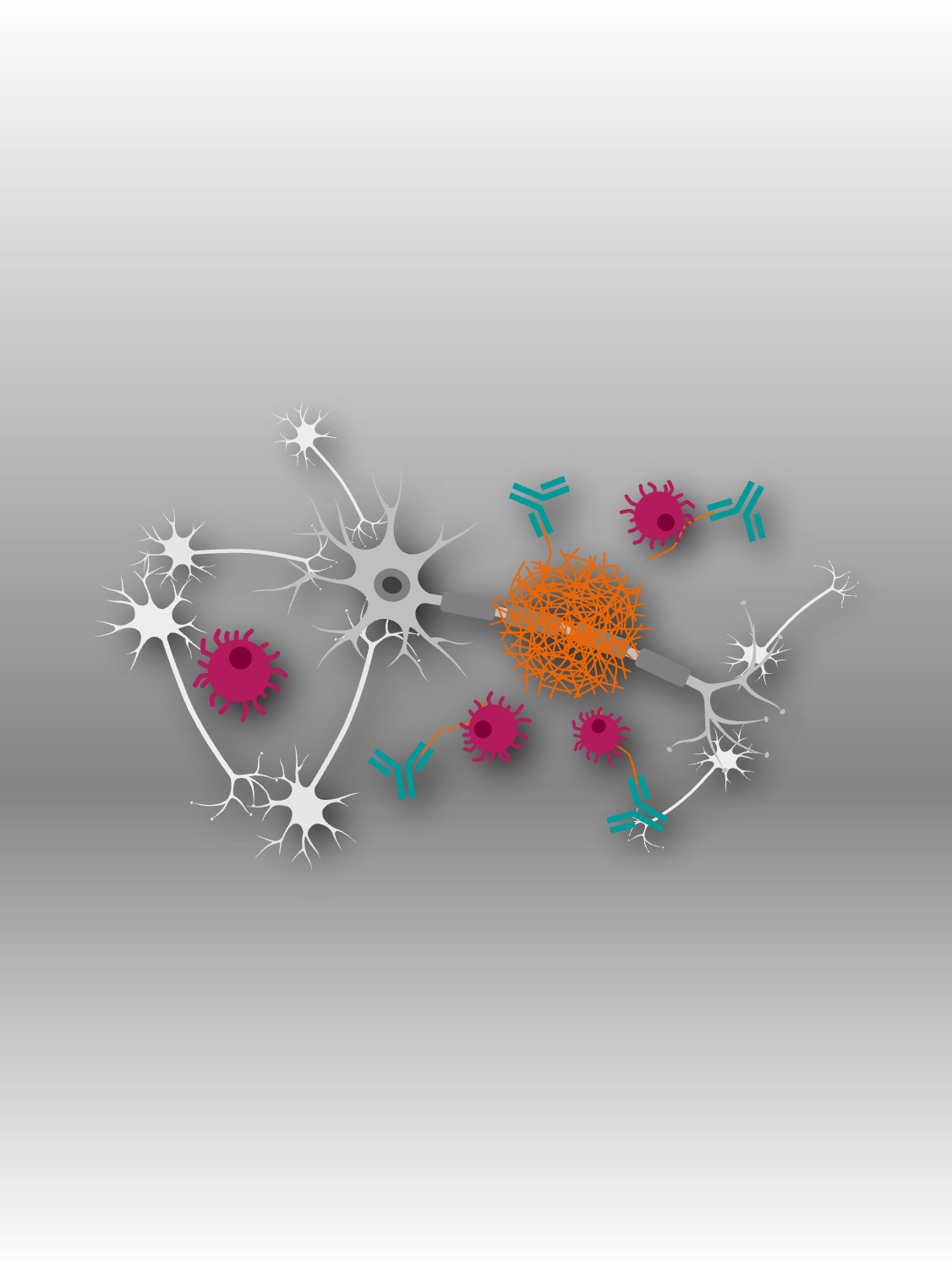
DMT antibody attracts immune cells to break down the protein
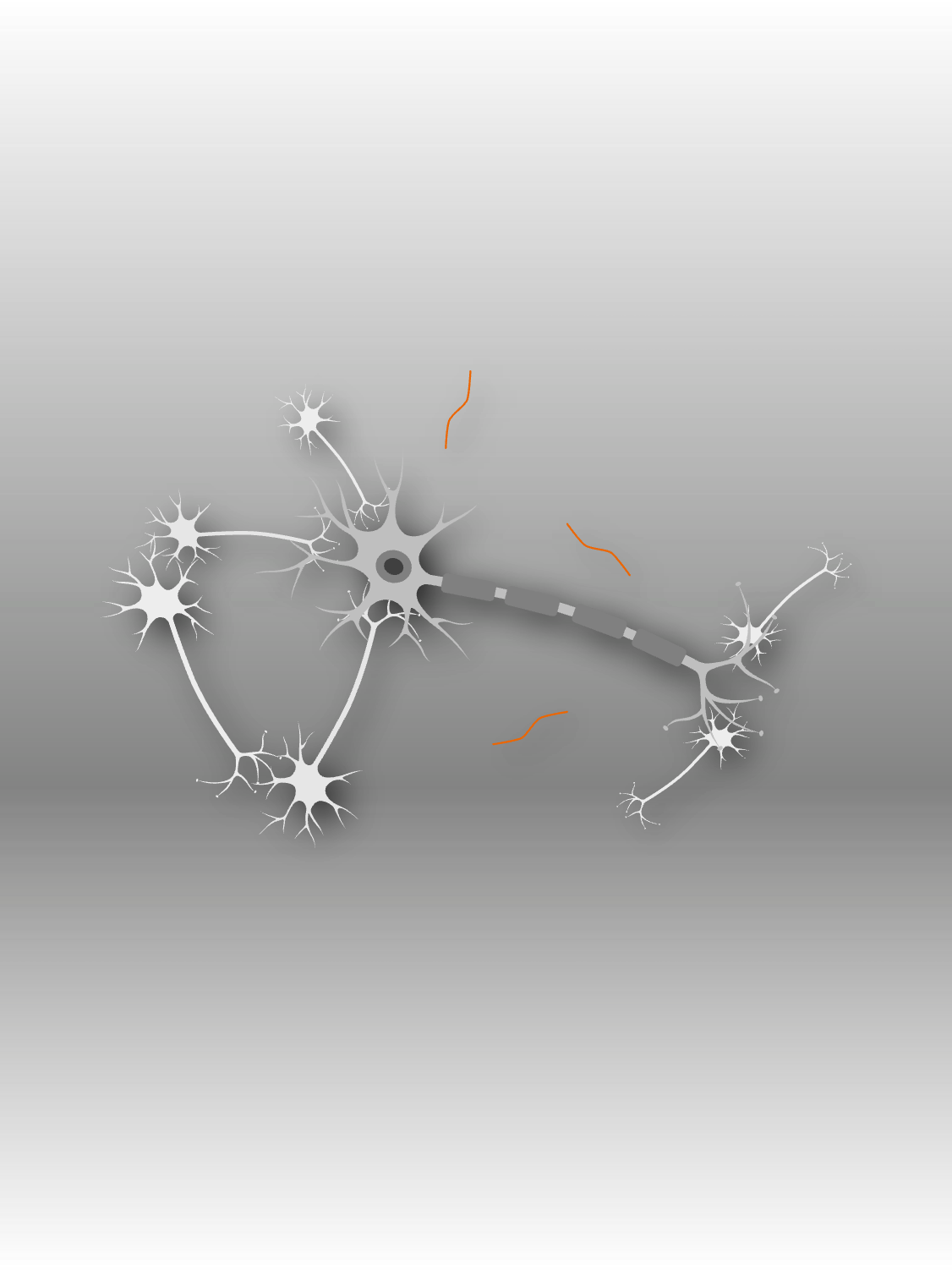
Less beta-amyloid protein around the neuron
Disease modifying therapies for Alzheimer's and their impact
Exclusive interview with Prof. Alexander Hammers, Professor of Imaging and Neuroscience, Head of the PET Centre, Kings College London, London, UK.
In this exclusive interview, Prof. Alexander Hammers, a leading neurologist at Kings College London, shares his expert insights into the rapidly evolving field of Alzheimer's disease, highlighting the transformative potential of the new disease-modifying therapies4Ěýand explains the critical role of imaging.

Navigating the care pathway
These new DMTs4, while promising, require careful consideration to identify patients early enough in the disease progression:
- To enter therapy, the presence of beta-amyloid pathology must be confirmed by either cerebrospinal fluid lab diagnostics or beta-amyloid PET imaging
- MRI monitoring is necessary during treatment to monitor for adverse side effects or amyloid-related imaging abnormalities (ARIA)Ěý
Imaging is set to play a pivotal role in both early detection and the long-term management of Alzheimer's disease, providing clinicians withĚýpowerful tools to improve patient outcomes.
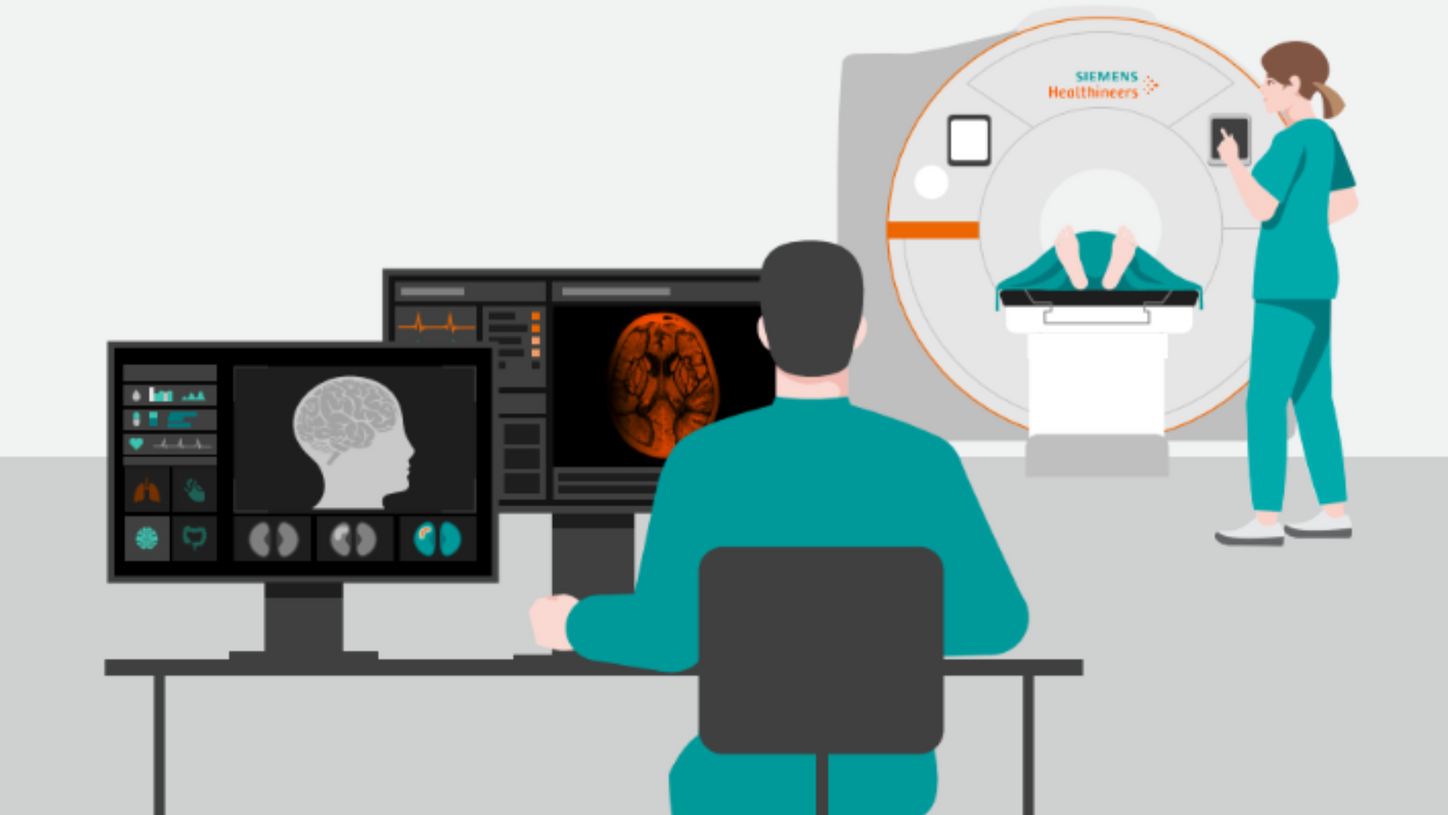
A clinician's guide to detecting and diagnosing ARIA in Alzheimer's disease patients
Clinicians play a critical role in precisely detecting and diagnosing ARIA to ensure patient safety and support the effective delivery of treatment.
Expert perspectives
Discover how physicians are using PET and MRI throughout the AD care pathway.
ARIA imaging and workflows
Dr. Petrice Cogswell focuses on MR imaging for therapy monitoring, specifically ARIA imaging and management.Ěý
Amyloid PET in the diagnosis and management of patients with suspected Alzheimer disease
Dr. Jana Ivanidze discusses the latest developments in PET tracers and PET imaging, highlighting their role in early diagnosis.
PET amyloid imaging in clinical trials
Dr. Jacob Dubroff reviews the current state of new treatments for Alzheimer’s, with an emphasis on how advanced imaging techniques are critical to both diagnosing the disease early and monitoring treatment responses.
ARIA imaging and workflows
Dr. Petrice Cogswell focuses on MR imaging for therapy monitoring, specifically ARIA imaging and management.Ěý
Amyloid PET in the diagnosis and management of patients with suspected Alzheimer disease
Dr. Jana Ivanidze discusses the latest developments in PET tracers and PET imaging, highlighting their role in early diagnosis.
PET amyloid imaging in clinical trials
Dr. Jacob Dubroff reviews the current state of new treatments for Alzheimer’s, with an emphasis on how advanced imaging techniques are critical to both diagnosing the disease early and monitoring treatment responses.
ARIA imaging and workflows
Dr. Petrice Cogswell focuses on MR imaging for therapy monitoring, specifically ARIA imaging and management.Ěý
Your partner in AD care
Explore our holistic product and services portfolio along every step of the Alzheimer's care pathway.
